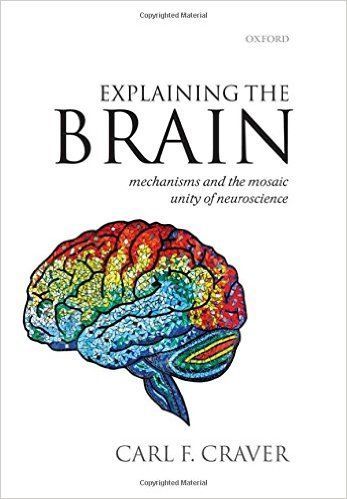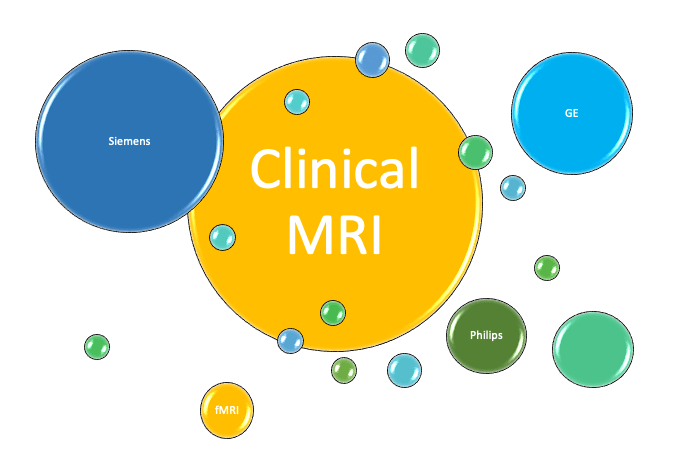Mini Book Review: “Explaining the Brain,” by Carl Craver

“ Explaining the Brain ” is a 2007 book by Carl Craver, who applies philosophical principles to comment on the current state of neuroscience. This is my first and only exposure to the philosophy of science , so my viewpoint is very naive, but here are some main points from the book that I found insightful.
The book starts by making a distinction between two broad goals in neuroscience: explanation , which is concerned with how the brain works; and control , which is concerned with practical things like diagnosis, repair, and augmentation of the brain. In my previous post on this blog , I tried to highlight that same distinction. This book focuses on explanation, which is essentially defined as the ability to fully describe the mechanisms by which a system operates.
A major emphasis is on the question of what it takes to establish a mechanism, and the notion of causality is integral to this question.
Point 1: Mechanistic explanation and causality are difficult to establish . In Chapters 3 and 4: “Explanation and Causal Relevance” and “Causal Relevance and Manipulation”, Craver reviews the formal logic that is needed for the establishment of a mechanistic explanation. In a very multidisciplinary field like neuroscience, underlying mechanisms are complex, and true causality is very difficult to establish. We all know this, but it is still sobering to see it laid out formally. The conclusions that can be drawn from most neuroscientific data is often simply that some correlation exists between two observations or conditions. However, when striving for more mechanistic conclusions, we invoke the concept of causality, looking for the identity and order of the cogs in the machine. Unfortunately, to actually demonstrate mechanistic causality, you have to show that a ‘clean’ isolation or manipulation of X changes Y, and Craver talks in detail about what that means. In neuroscience, observed phenomena are usually multifactorial, difficult to isolate, and embedded in a complex system that is poorly understood in general, so the establishment of mechanistic causality is especially tricky.
Point 2: Filler terms . In Chapter 4: “The norms of mechanistic explanation”, Craver reviews what typically constitutes ‘explanation’ in neuroscience. He notes that while we are all trying to be as rigorous as we can about our conclusions, the line between what we have actually shown and what is merely suggested by our data is often blurry, largely due to the complexity of underlying mechanisms in neuroscience, as noted above. He cautions us to watch out for what he calls ‘filler terms’, which frequently appear in our publications and (sometimes) betray this blurriness. Among this list of filler terms: “activate,” “inhibit,” “encode,” “cause,” “produce,” “process,” and “represent.” Of course these terms can all be used in a rigorous way if applied carefully, but often they are not, and what results is what Craver calls a ‘sketch’, rather than a complete description of a mechanism.
Point 3: The mosaic unity of neuroscience . This term, which is described in Chapter 7 and is part of the subtitle of the book, is meant to describe the idea that the brain simply has too many layers of complexity for us to expect to find a compact set of explanatory mechanisms that describe how it works. Unlike many other areas of science, which search for compact goals by nature (eg high energy physics), Craver suggests that perhaps the brain is destined to be explained by a layered mosaic of pieces that cumulatively constrain the set of possible mechanisms, rather than a grand unified theory. This viewpoint is illustrated in the context of the relationship between the macroscopic phenomena of learning and memory, and the neuron scale phenomenon of long term potentiation. As a staunch reductionist , my personal bias is that this is giving up too soon, and that we should be applying heroic and concerted efforts to force things to become simpler.


